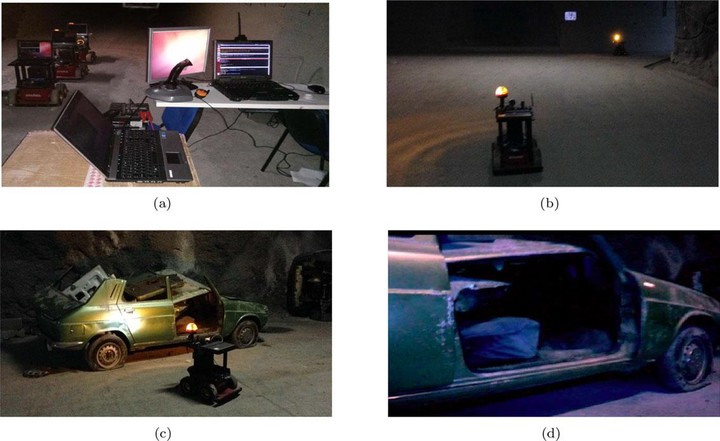Robot teams for intervention in confined and structured environments

Abstract
Safety, security, and rescue robotics can be extremely useful in emergency scenarios such as mining accidents or tunnel collapses where robot teams can be used to carry out cooperative exploration, intervention, or logistic missions. Deploying a multirobot team in such confined environments poses multiple challenges that involve task planning, motion planning, localization and mapping, safe navigation, coordination, and communications among all the robots. To complete their mission, robots have to be able to move in the environment with full autonomy while at the same time maintaining communication among themselves and with their human operators to accomplish team collaboration. Guaranteeing connectivity enables robots to explicitly exchange information needed in the execution of collaborative tasks and allows operators to monitor and teleoperate the robots and receive information about the environment. In this work, we present a system that integrates several research aspects to achieve a real exploration exercise in a tunnel using a robot team. These aspects are as follows; deployment planning, semantic feature recognition, multirobot navigation, localization, map building, and real‐time communications. Two experimental scenarios have been used for the assessment of the system. The first is the Spanish Santa Marta mine, a large mazelike environment selected for its complexity for all the tasks involved. The second is the Spanish‐French Somport tunnel, an old railway between Spain and France through the Central Pyrenees, used to carry out the real‐world experiments. The latter is a simpler scenario, but it serves to highlight the real communication issues.